Deathstalker Scorpion
- March 27, 2024
- 0 comment
The Deathstalker Scorpion, also known scientifically as Leiurus quinquestriatus, stands out as one of the most infamous scorpion species inhabiting arid regions across North Africa and the Middle East. Characterized by its striking yellow or greenish-yellow coloration adorned with ominous black triangular markings, the Deathstalker possesses a venomous sting that commands respect from both predators and prey alike. Despite its relatively small size, ranging from 7 to 9 centimeters in length, this arachnid’s venom is potent, containing a complex cocktail of neurotoxins and enzymes.
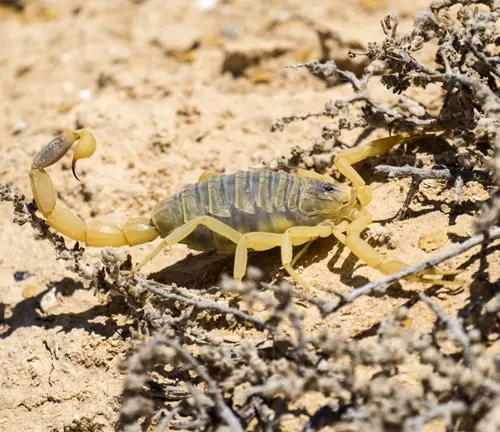
While encounters with humans are infrequent, the mere presence of a Deathstalker can evoke fear due to its notorious reputation. However, beyond its menacing appearance and venomous capabilities, the Deathstalker plays a crucial role in its ecosystem, helping regulate insect populations and serving as a vital component of the food chain. Despite facing threats from habitat loss and human activity, conservation efforts are underway to ensure the survival of this enigmatic predator for generations to come.
Deathstalker Scorpion Characteristics
| Aspect | Description |
|---|---|
| Scientific Name | Leiurus quinquestriatus |
| Common Name | Deathstalker |
| Size | 7 to 9 centimeters |
| Coloration | Yellow or greenish-yellow with black triangular markings |
| Venom | Highly potent, composed of neurotoxins, enzymes, and other compounds |
| Habitat | Arid regions, including deserts, scrublands, and rocky outcrops |
| Distribution | North Africa and the Middle East |
| Predatory Behavior | Ambush tactics; employs lightning-fast reflexes to capture prey |
| Defense Mechanisms | Raises pincers and arches tail when threatened; delivers venomous sting if necessary |
| Ecological Importance | Helps regulate insect populations; serves as prey for various predators |
| Conservation Status | Not currently classified as endangered; faces threats from habitat loss and human activity |
| Conservation Efforts | Habitat preservation, sustainable practices, raising awareness |
Unveiling Nature’s Enigmatic Predator
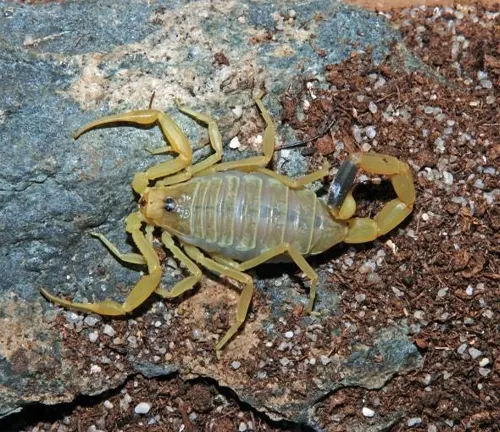
If you’ve ever ventured into the deserts of the Middle East or North Africa, chances are you’ve heard whispers of a creature that strikes fear into the hearts of many: the Deathstalker Scorpion. With its menacing appearance and potent venom, this arachnid has captured the imaginations of people around the world. Let’s delve into the depths of this enigmatic predator, exploring its biology, behavior, and its intricate relationship with both nature and humanity.
Anatomy and Physical Characteristics
Size and Coloration
The Deathstalker scorpion typically measures between 7 to 9 centimeters in length, making it relatively small compared to other scorpion species. One of its most distinctive features is its striking coloration. Deathstalkers display a vibrant yellow or greenish-yellow hue, often accentuated by contrasting black triangular markings on their exoskeletons. This coloration serves as a warning sign in the animal kingdom, alerting potential predators to its venomous nature.
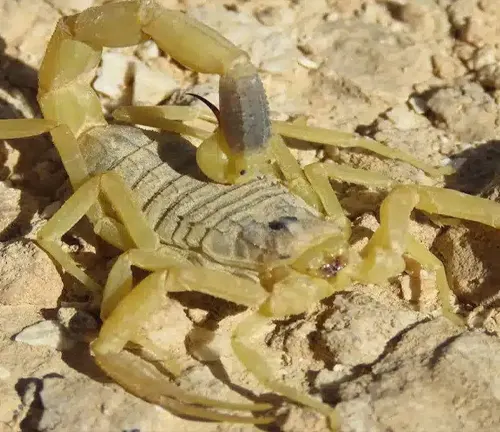

Venomous Sting
Possessing one of the most potent venoms among scorpion species, the Deathstalker’s sting is a formidable weapon. Its venom is a complex mixture of neurotoxins, enzymes, and other compounds. When injected into its prey or in defense against threats, the venom induces a range of physiological effects. Victims may experience intense pain, swelling, redness, and, in severe cases, neurological symptoms such as muscle spasms or paralysis. While fatalities from Deathstalker stings are rare, the potency of its venom underscores the importance of respecting this creature’s boundaries in its natural habitat.
Natural Habitat and Distribution
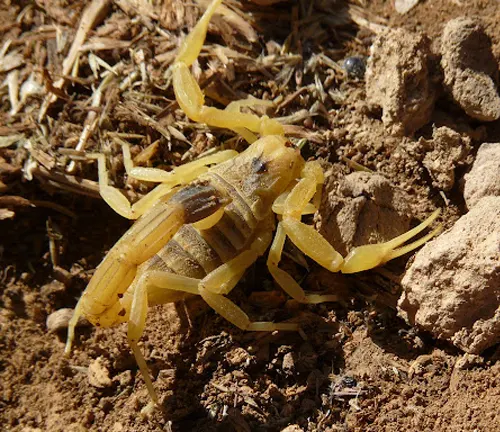

The Deathstalker scorpion is native to arid regions spanning from North Africa to the Middle East. Within these expansive territories, Deathstalkers thrive in a variety of habitats characterized by sparse vegetation and extreme temperatures. They are commonly found in deserts, scrublands, rocky outcrops, and dry, sandy areas. Their ability to adapt to harsh environmental conditions allows them to survive in regions where water and food sources may be scarce.
In their natural habitat, Deathstalkers often seek shelter in burrows or crevices during the day to avoid the intense heat, emerging at night to hunt for prey. Their distribution within their range can vary depending on factors such as soil type, vegetation cover, and availability of suitable hiding spots. Despite the challenging conditions of their habitats, Deathstalkers have evolved specialized adaptations that enable them to thrive in these arid environments.
Behavioral Traits
Hunting Techniques
Deathstalker scorpions are skilled predators, employing stealth and ambush tactics to capture their prey. Under the cover of darkness, they emerge from their burrows or hiding places to hunt for insects and small vertebrates. Using their keen sense of smell and vibration detection, Deathstalkers detect the presence of potential prey nearby. Once a suitable target is located, they approach with caution, moving slowly and deliberately to avoid detection.
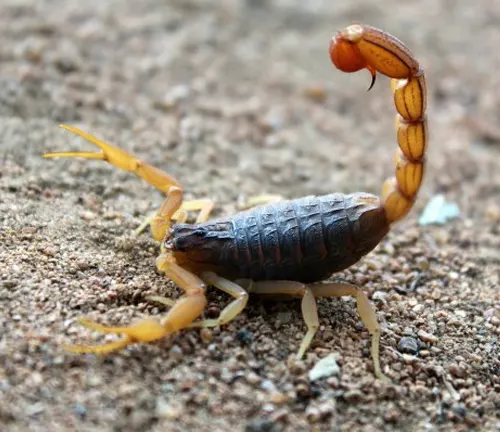
When within striking distance, Deathstalkers launch a rapid attack, seizing their prey with their powerful pincers. With lightning-fast reflexes, they deliver a precise sting, injecting venom into their victim to immobilize it. This combination of stealth, speed, and precision makes Deathstalkers formidable hunters in their arid habitats.
Defense Mechanisms
In addition to their offensive capabilities, Deathstalker scorpions possess a variety of defense mechanisms to protect themselves from predators and perceived threats. When threatened, they raise their front claws in a defensive posture, arching their tails over their bodies in preparation for combat. This defensive display serves as a warning to potential aggressors, signaling that the Deathstalker is ready to defend itself if necessary.
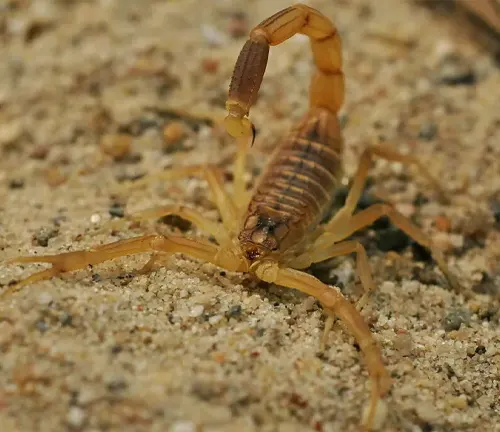
If the threat persists, Deathstalkers may resort to using their venomous sting as a last line of defense. While they generally avoid confrontation when possible, they will not hesitate to strike if they feel threatened or cornered. Their potent venom contains neurotoxins and other compounds that can cause pain, swelling, and other adverse effects in their attackers.
Importance in Ecosystem
Despite their fearsome reputation, Deathstalker scorpions play a crucial role in maintaining ecological balance within their native habitats. As apex predators in arid ecosystems, they help regulate populations of insects and other invertebrates, thereby preventing outbreaks of pest species that could disrupt the delicate balance of the ecosystem.
By preying on insects such as beetles, spiders, and even other scorpions, Deathstalkers contribute to controlling populations of potential agricultural pests and disease vectors. This natural pest control service helps to mitigate the spread of crop damage and disease transmission, benefiting both ecosystems and human populations.
Furthermore, Deathstalkers serve as a vital food source for a variety of predators, including birds, reptiles, and mammals. Their presence in the food web helps support the survival and reproduction of these higher trophic level species, contributing to overall biodiversity and ecosystem resilience.
Beyond their direct ecological contributions, Deathstalkers also participate in nutrient cycling processes within their habitats. As scavengers, they help break down organic matter, releasing nutrients back into the soil and facilitating plant growth. This nutrient recycling role further underscores their importance in maintaining the health and productivity of desert ecosystems.
Interaction with Humans
Medical Research
The venom of Deathstalker scorpions harbors immense potential for medical research and drug development. Scientists have long been intrigued by the complex mixture of toxins and enzymes found in Deathstalker venom, which exhibit a range of bioactive properties. Researchers are exploring various avenues for utilizing Deathstalker venom in the development of new pharmaceuticals and treatments for human diseases.
One area of interest is the potential use of Deathstalker venom in cancer research. Certain components of the venom have shown promise in laboratory studies for their ability to selectively target and destroy cancer cells while leaving healthy cells unharmed. Additionally, researchers are investigating the use of Deathstalker venom in treating neurological disorders such as epilepsy and Alzheimer’s disease, as well as autoimmune conditions like rheumatoid arthritis.
Conservation Efforts
Despite their ecological importance, Deathstalker scorpions face numerous threats to their survival, including habitat loss, climate change, and human persecution. Recognizing the need to protect these enigmatic creatures and their fragile habitats, conservation efforts are underway in regions where Deathstalkers are found.
One key aspect of Deathstalker conservation is habitat preservation. Conservation organizations work to identify and protect critical habitats that support viable populations of Deathstalkers, ensuring that these habitats remain intact and free from destructive human activities such as urbanization and habitat fragmentation.
Misconceptions and Myths
The Deathstalker scorpion has long been shrouded in a veil of misconceptions and myths, often fueled by fear and misunderstanding. Despite its relatively small size and elusive nature, the Deathstalker has garnered a reputation far beyond its actual threat level. Here are some common misconceptions and myths associated with the Deathstalker:
- Harbinger of Death: One of the most pervasive myths surrounding the Deathstalker is its portrayal as a harbinger of death or evil omen. Throughout history, various cultures have associated the presence of Deathstalkers with impending doom or supernatural forces. However, in reality, Deathstalkers are simply predators seeking to survive in their natural habitat and pose minimal threat to humans unless provoked.
- Deadly Sting: While it’s true that the Deathstalker possesses a venomous sting, the notion that it is invariably lethal to humans is a misconception. While a sting from a Deathstalker can induce intense pain and discomfort, fatalities are rare, particularly in healthy adults. Most stings result in localized symptoms that can be managed with prompt medical attention.
- Unprovoked Aggression: Another misconception is that Deathstalkers are inherently aggressive creatures that actively seek out human prey. In reality, Deathstalkers are shy and reclusive animals that typically avoid confrontation with humans. They will only sting in self-defense when threatened or provoked, preferring to flee rather than engage in combat.
- Symbol of Evil: In some cultures, Deathstalkers are viewed as symbols of evil or malevolence, associated with dark forces or supernatural powers. This belief likely stems from their ominous appearance and venomous nature, which have inspired fear and superstition for centuries. However, Deathstalkers are simply animals following their instincts to survive in their natural environment.
- Incurable Venom: Contrary to popular belief, the venom of the Deathstalker is not necessarily incurable or untreatable. While it can cause significant pain and discomfort, prompt medical intervention can often alleviate symptoms and prevent complications. Researchers are also exploring the medical potential of Deathstalker venom in treating various diseases, highlighting its complex biochemistry and therapeutic properties.
The Future of Deathstalker Conservation
As we confront the challenges of habitat loss, climate change, and biodiversity decline, the future of Deathstalker conservation hinges on concerted efforts to protect these fascinating creatures and their fragile ecosystems. Here are key considerations for the future of Deathstalker conservation:
- Habitat Preservation: Protecting the natural habitats of Deathstalkers is paramount for their long-term survival. Conservation efforts must focus on preserving arid ecosystems, including deserts, scrublands, and rocky outcrops, where Deathstalkers thrive. This entails establishing protected areas, implementing land-use policies that prioritize conservation, and mitigating the impacts of human activities such as urbanization and agricultural expansion.
- Sustainable Practices: Adopting sustainable practices is essential for mitigating human-induced threats to Deathstalkers and their habitats. This includes promoting responsible land management practices, reducing habitat fragmentation, and implementing measures to minimize conflicts between humans and wildlife. Encouraging sustainable tourism practices can also generate economic benefits for local communities while supporting conservation efforts.
- Community Engagement: Engaging local communities in conservation initiatives is critical for the success of Deathstalker conservation efforts. By involving communities in decision-making processes, raising awareness about the importance of Deathstalkers, and providing alternative livelihood opportunities, conservationists can build support for protective measures and empower communities to become stewards of their natural resources.
- Research and Monitoring: Continued research into the ecology, behavior, and conservation status of Deathstalkers is essential for informing conservation strategies and monitoring population trends. Long-term monitoring programs can help track changes in Deathstalker populations and assess the effectiveness of conservation measures. Additionally, research on the medical potential of Deathstalker venom can provide valuable insights into its therapeutic applications and contribute to efforts to conserve these unique creatures.
- International Cooperation: Given the widespread distribution of Deathstalkers across multiple countries, international cooperation is vital for effective conservation. Collaborative initiatives, such as transboundary conservation agreements and information sharing networks, can facilitate coordinated conservation actions and address common threats facing Deathstalkers and their habitats.
Different Species
The term “Deathstalker” typically refers to a specific species of scorpion, Leiurus quinquestriatus, found in arid regions of North Africa and the Middle East. While there are variations within the species due to factors like geographic location and genetic diversity, there are no distinct subspecies or different species commonly referred to as “Deathstalkers.”
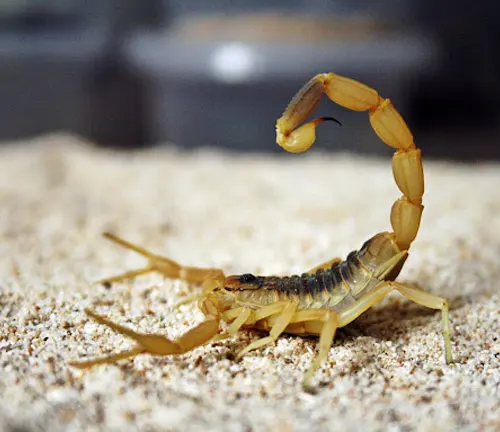
Frequently Asked Questions (FAQs)
- What is a Deathstalker?
A Deathstalker is a species of scorpion, scientifically known as Leiurus quinquestriatus, found in arid regions of North Africa and the Middle East. - Why is it called a Deathstalker?
The name “Deathstalker” reflects the scorpion’s formidable reputation due to its potent venom and striking appearance. - How venomous is the Deathstalker?
The venom of the Deathstalker is highly potent, containing neurotoxins and enzymes that can induce severe reactions in some individuals. - What are the symptoms of a Deathstalker sting?
Symptoms of a Deathstalker sting may include intense pain, swelling, redness, and, in severe cases, neurological complications such as paralysis. - Where does the Deathstalker live?
Deathstalkers inhabit arid regions, including deserts, scrublands, and rocky outcrops, across North Africa and the Middle East. - What does a Deathstalker eat?
Deathstalkers primarily prey on insects and small vertebrates, employing ambush tactics to capture their quarry. - Do Deathstalkers pose a threat to humans?
While Deathstalkers can deliver a painful sting, fatalities are rare, and they typically only sting in self-defense when provoked. - How can I avoid encounters with Deathstalkers?
Avoiding dense vegetation and carefully checking clothing and shoes can help reduce the risk of encountering Deathstalkers in their natural habitat. - Can Deathstalker venom be used in medicine?
Yes, researchers are exploring the potential medical applications of Deathstalker venom, including treatments for neurological disorders and cancer. - Do Deathstalkers have any predators?
Yes, Deathstalkers are preyed upon by various animals, including birds, mammals, and other arthropods. - Are Deathstalkers nocturnal?
Yes, Deathstalkers are primarily nocturnal, hunting and foraging during the night to avoid extreme daytime temperatures in their arid habitats. - How long do Deathstalkers live?
The lifespan of Deathstalkers in the wild varies but typically ranges from 3 to 5 years, depending on factors such as environmental conditions and predation pressure.


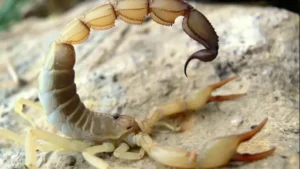



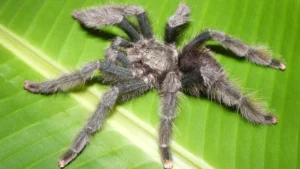

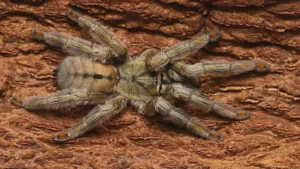
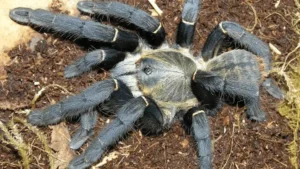


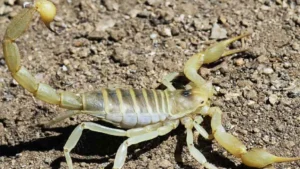
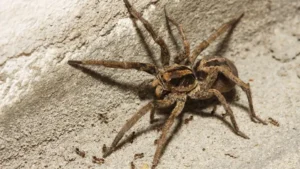
Leave your comment